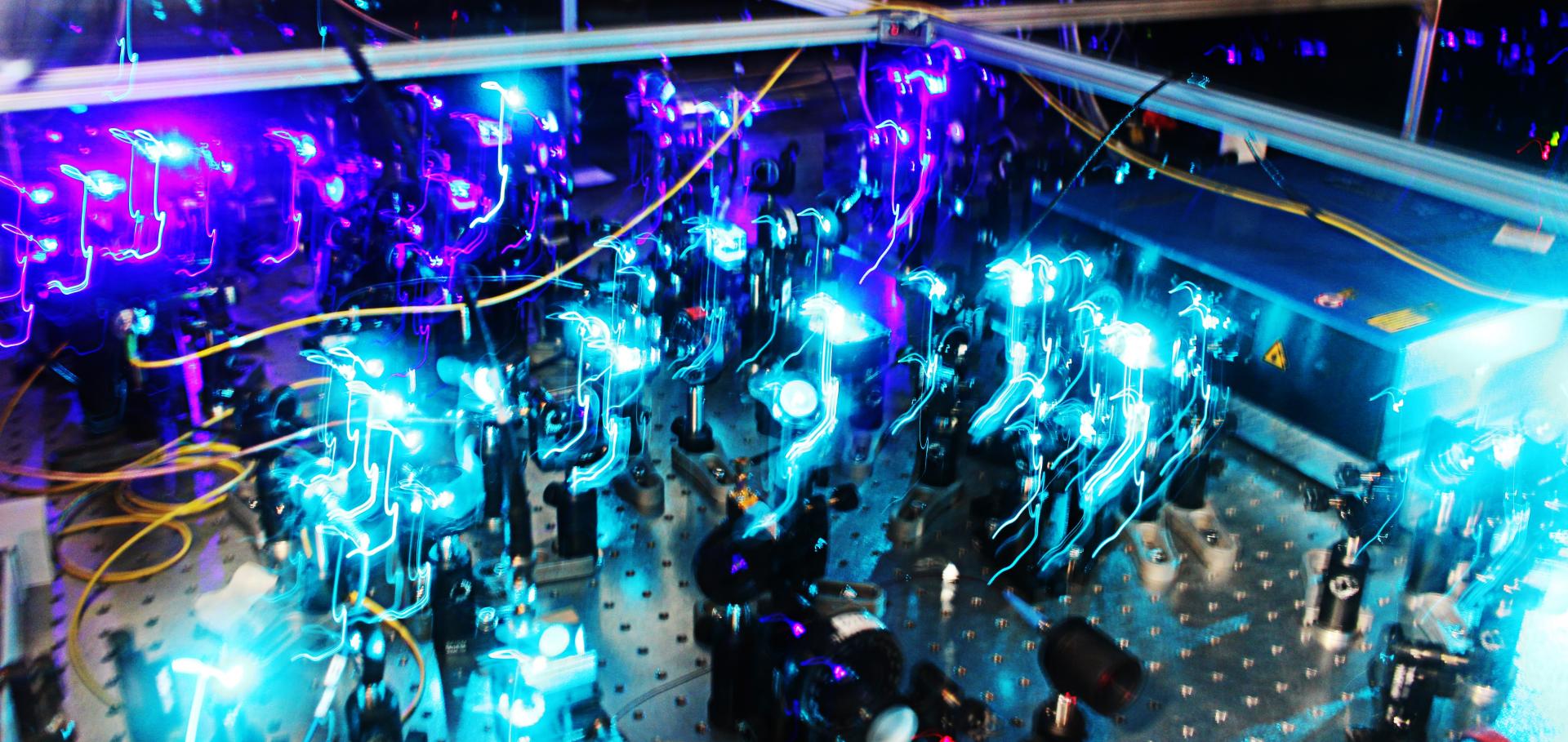Simulating Quantum Zeno Dynamics in a Quantum Computer
In Preparation
Abstract:
Stability of mixed lead halide perovskites films encapsulated in cyclic olefin copolymer
In Preparation
Abstract:
Resonantly pumped bright-triplet exciton lasing in cesium lead bromide perovskites
ACS Photonics American Chemical Society 8:9 (2021) 2699-2704
Abstract:
The surprising recent observation of highly emissive triplet-states in lead halide perovskites accounts for their orders-of-magnitude brighter optical signals and high quantum efficiencies compared to other semiconductors. This makes them attractive for future optoelectronic applications, especially in bright low-threshold nanolasers. While nonresonantly pumped lasing from all-inorganic lead-halide perovskites is now well-established as an attractive pathway to scalable low-power laser sources for nano-optoelectronics, here we showcase a resonant optical pumping scheme on a fast triplet-state in CsPbBr<sub>3</sub> nanocrystals. The scheme allows us to realize a polarized triplet-laser source that dramatically enhances the coherent signal by 1 order of magnitude while suppressing noncoherent contributions. The result is a source with highly attractive technological characteristics, including a bright and polarized signal and a high stimulated-to-spontaneous emission signal contrast that can be filtered to enhance spectral purity. The emission is generated by pumping selectively on a weakly confined excitonic state with a Bohr radius ∼10 nm in the nanocrystals. The exciton fine-structure is revealed by the energy-splitting resulting from confinement in nanocrystals with tetragonal symmetry. We use a linear polarizer to resolve 2-fold nondegenerate sublevels in the triplet exciton and use photoluminescence excitation spectroscopy to determine the energy of the state before pumping it resonantly.Resonantly pumped bright-triplet exciton lasing in caesium lead bromide perovskites
(2021)
Simulating molecules on a cloud-based 5-qubit IBM-Q universal quantum computer
Communications Physics Springer Nature 4:1 (2021) 112


